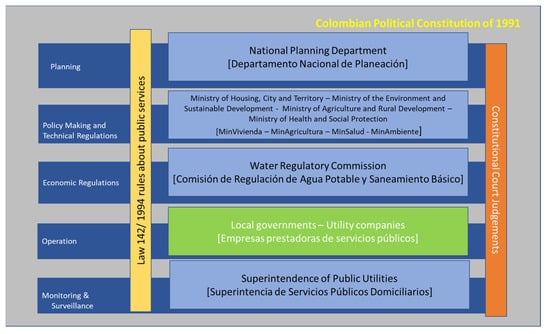1
Department of Medical Informatics and Statistics with e-Health Lab, Medical University of Lublin, 20-059 Lublin, Poland
2
School of Public Health, Centre of Postgraduate Medical Education of Warsaw, 01-826 Warsaw, Poland
3
Collegium of Business Administration, Warsaw School of Economics, 02-513 Warsaw, Poland
4
Department of Environmental Hazards Prevention, Allergology and Immunology, Warsaw Medical University, 02-091 Warsaw, Poland
5
Faculty of Medicine, Collegium Medicum, Cardinal Stefan Wyszyński University, 01-815 Warsaw, Poland
6
Department of Social Medicine and Public Health, Warsaw Medical University, 02-007 Warsaw, Poland
7
Department of Cosmetology and Aesthetic Medicine, Medical University of Lublin, 20-090 Lublin, Poland
8
Department of Clinical Immunology, Medical University of Lublin, 20-093 Lublin, Poland
Int. J. Environ. Res. Public Health 2022, 19(9), 5677; https://doi.org/10.3390/ijerph19095677 - 6 May 2022
Cited by 5 | Viewed by 2686
Abstract
Osteoporosis has been recognized as a civilization disease. This chronic condition needs a long-term management plan with a holistic approach to patients. The specificity of the patient’s response to the disease and coping strategies are very important in the treatment process. The aim
[...] Read more.
Osteoporosis has been recognized as a civilization disease. This chronic condition needs a long-term management plan with a holistic approach to patients. The specificity of the patient’s response to the disease and coping strategies are very important in the treatment process. The aim of this research was to analyze the strategies of coping with disease preferred by patients treated for osteoporosis, and to determine the relationship between the self-assessment of patients’ health, time of treatment, sociodemographic variables, and strategies of coping with a chronic disease such as osteoporosis. The study was conducted from August 2016 to July 2018 at an osteoporosis clinic in eastern Poland. Coping Orientations to Problems Experienced (COPE) by C.S. Carver, M. F. Scheier, and J. K. Weintraub in the Polish adaptation and our own questionnaire were used. The study participants were 312 patients treated for osteoporosis. The respondents treated in the osteoporosis clinic used the strategies of seeking support and focusing on emotions to the greatest extent, and avoidance strategies the least. Sociodemographic features and self-assessment of health condition significantly differentiate the strategies of coping with the disease. The analysis showed that the higher the assessment of the individual perception of one’s own health, the more often the respondents used active coping strategies.
Full article
(This article belongs to the Special Issue Measuring Quality of Life in Chronic Illness)












